|
-
Comfort in Kilt and Hose
I must say that due to the lockdown I have been doing a lot of investigations into kilts and how they are worn and made.
I have had some issues with comfort, thinking that the kilt and hose are inherently uncomfortable and need some practice to get any element of comfort.
Now I have found the comfort of both 
For the kilt I have found the "natural" waist: feel for the top of the hip on the side and the buckle line is just above that, my navel is higher than that so was not a comfy height.
For the hose, a hand width from the bottom of the kneecap, I was 2 finger down which caused pressure on the hamstring on the back of my knee.
Also, I am using ties instead of elasticated flashes which are more comfortable due to the lack of constant pressure from the elastic.
Very happy now.
Just need to figure the sporran as it tends to bounce an hit me in the er... front 
-
-
As far as the sporran goes, a lot of fellows wear it far too low. It is neither traditional, iconic, or historical. Find a height that is comfortable and stick with it. That should solve some of the problem at least. It does for me.
Rev'd Father Bill White: Retired Parish Priest & Elementary Headmaster. Lover of God, dogs, most people, joy, tradition, humour & clarity. Legion Padre, theologian, teacher, philosopher, linguist, encourager of hearts & souls & a firm believer in dignity, decency, & duty. A proud Canadian Sinclair.
-
-
 Originally Posted by Father Bill

As far as the sporran goes, a lot of fellows wear it far too low. It is neither traditional, iconic, or historical. Find a height that is comfortable and stick with it. That should solve some of the problem at least. It does for me.
Does the chain go through the loops or just around the waist and hang on the buckles?
-
-
 Originally Posted by Red1leader

Does the chain go through the loops or just around the waist and hang on the buckles?
The loops are quite recent. My kilts don't even have them. Yes, the hanging trick is one that I use personally, and I find it helpful but I don't think it's in general use by most kilties. A lot of folks will say that this or that shouldn't be necessary, but everyone's body is shaped differently, so even a properly constructed kilt may need some slight personal adjustment of use.
Last edited by Father Bill; 2nd May 20 at 04:59 AM.
Rev'd Father Bill White: Retired Parish Priest & Elementary Headmaster. Lover of God, dogs, most people, joy, tradition, humour & clarity. Legion Padre, theologian, teacher, philosopher, linguist, encourager of hearts & souls & a firm believer in dignity, decency, & duty. A proud Canadian Sinclair.
-
The Following 6 Users say 'Aye' to Father Bill For This Useful Post:
-
 Originally Posted by Red1leader

Does the chain go through the loops or just around the waist and hang on the buckles?
As Father Bill said, some wear the sporran a bit too low. I feel that if you rely on the loops to support the belt or chain then you probably have the belt or chain too loose and it will hang too low - and too low is just never going to be comfortable. My solution is never to use the loops for the sporran belt/chain - I simply have the belt/chain set to a length that cannot pass over my hips - in other words it is the broadening of my hips that keeps it in place, keeping the sporran at a good height and ensuring it's always comfortable. As a bonus this arrangement makes it much easier to rotate the sporran to the left or right if and when I want to move it aside.
Having said all this, I know that someone, somewhere will have a snake-hipped physique for which my solution will not work.
Last edited by Dr Bee; 2nd May 20 at 09:50 AM.
-
The Following 6 Users say 'Aye' to Dr Bee For This Useful Post:
-
For kilt height, I'm fairly high-waisted, so wearing the kilt at my natural waist actually places it above my navel. If I look where the one I'm currently wearing is currently sitting, my navel's about even with the bottom of my (wide) belt. I've found that if I don't wear my belt tight enough, it tends to fall down more and rest in a weird way around my hips instead of on top of them. In that case, wearing the belt tighter makes the kilt much more comfortable. If your kilt is sitting at an uncomfortable level, maybe try adjusting how tight your belt is, both tighter and looser, and move around in it a bit to see where the kilt just naturally rests. Sometimes it can be a little counterintuitive.
My hose level somewhat depends on temperature. If it's cold, I'll wear my hose higher - just below the knee, just enough that if I bend my knee it sits right in the crook of the bend. And that works very well for me with elastic flashes, adjusted loose. The hose stay up really nicely that way because it is above the calm muscles instead of on them. When it's warm (like now), that ends up being way too warm for me. I'm currently wearing my (cotton) hose without flashes, almost two full handwidths below the middle of the kneecap. Upside is it's cooler. Downsides are, because they sit at just about the widest part of the calm muscles, they're difficult to cuff and they don't stay up as well and I have to pull them back up several times throughout the day.
Sporran: in the kilt I'm currently wearing (USA Kilts casual kilt), I have dual-size belt loops, where they can accommodate regular size belts as well as kilt belts. I run my sporran chain through the inner "regular size" loops and my kilt belt through the outer "large size" loops. In my Sport Kilts, I run both through all of the loops. I've got almost nothing for hips, so it's about the only way for me to keep the sporran at a consistent height. For all three sporrans I have (brand new, probably not the greatest quality), I did have to modify the sporran chain straps to add another hole so I could make them shorter - the tightest hole on them had the sporran hanging way to low for me. With that modification, it hangs about three fingers below the kilt belt. The level somewhat varies as your weight varies. But this is enough that rather than hitting sensitive areas when I'm walking, it tends to bounce off of my upper thighs. Your mileage may vary, however, if your sporran's not as wide or if it doesn't have a fairly hard flat back like all of mine do.
Have you considered using sporran hangers instead of a chain?
-
The Following User Says 'Aye' to MichiganKyle For This Useful Post:
-
-
The Following 3 Users say 'Aye' to The Wizard of BC For This Useful Post:
-
Wow and there it is, the joy of this forum, great, straightforward, and understandable information that can change your world.
Thank you.
I have been trying to fit my kilts all to the same place, which I now know to be wrong 
My kilts are all cheap ones so the fell is anything from a few inches down to nothing at all, is it possible for me to add the fell to my cheap kilts to "tailor" them a little to hang better?
I know they will never be as good as a properly tailored kilt, but would be nice to improve the ones I can afford 
I have 1 viscose (not PV) kilt in tartan, 2 cotton plain black kilts, and a utility kilt, do you think I could improve these or just have to put up with the way they hang until I can afford a decent wool kilt?
I have ordered an ex-hire 8-yard medium weight wool kilt, but with the lockdown, I am not sure when it will arrive.
Stay safe everyone.
-
The Following User Says 'Aye' to Red1leader For This Useful Post:
-
 Originally Posted by Red1leader

Is it possible for me to add the fell to my cheap kilts to "tailor" them a little to hang better?
The fell is actually the entire length of the stitched part of the pleats. The top of the fell is at the top of the kilt, and the bottom of the fell is at the hip line. In the pic below, the bottom of the fell is below the bottom of the picture. A properly fitting kilt has the smallest circumference at the waist. The rise flares above the waist so that the kilt can be buckled comfortably at the waist and not sag down.

So you can't force the kilt to sit higher (i.e., add a rise) by simply making the fell longer by stitching the pleats down farther, because the pleats taper from the bottom of the fell to the waist. If you stitch a longer fell, the kilt will still sag to sit wherever the kiltmaker made it to fit.
The only way to add a rise if a kilt has no rise is to add fabric to the top of the kilt. That's pretty much a non-starter. If a kilt is made without a rise, you need to wear it with the top of the kilt at your waist. If the kilt is made with a rise but without any flare, you're stuck with having the kilt sag down to your waist when you buckle it.
-
The Following 2 Users say 'Aye' to Barb T For This Useful Post:
-
Barb is correct in naming the parts.
But this sentence pretty well sums up the issue -
My kilts are all cheap ones so the fell is anything from a few inches down to nothing at all, is it possible for me to add the fell to my cheap kilts to "tailor" them a little to hang better?
While it is pretty likely that the kilts you have, have a sewn down area, it is also likely that their construction is different than what Barb and I have been using as examples.
I suspect that your garments are constructed similar to how blue jeans are made. This is where the outer fabric and the stitching are what give the garment it strength and shape.
If you were to look inside the kilts in both Barb's and my examples you would find something different. In both of our examples it is not the outer fabric, nor the stitching, that gives the garment its strength and its shape.
Both of us make kilts with an older method of garment construction.
If you grab the ends of kilt fabric - and pull - you will easily see that the fabric is supple and stretchy.
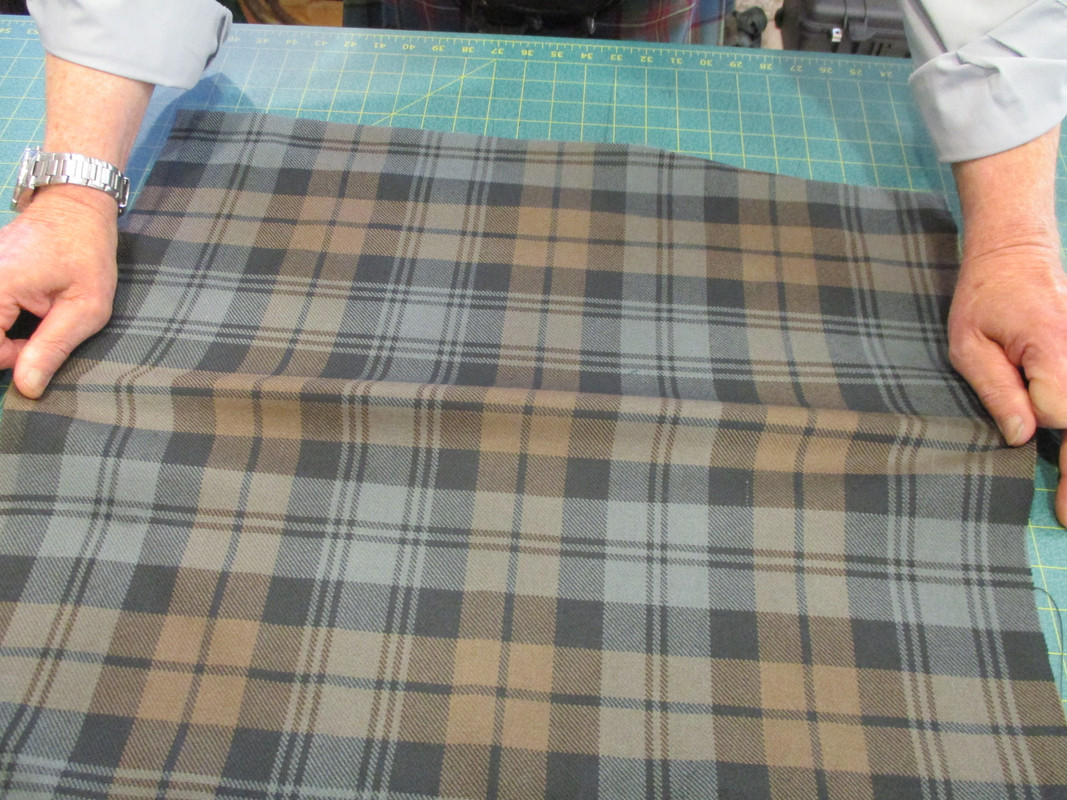
If you try to make a garment like a pair of blue jeans from this type of fabric, in very little time, it would stretch out of shape. Soon after, the fabric would fail.
So, kilts are made with a different method of garment construction. A method developed and perfected before today's sewing patterns, ultra durable denim and polyester/cotton fabrics and super strong sewing machine sewn seams.
While this older method of construction was the norm for hundreds of years it is quite rare today. A man's custom suit, some haute couture clothing, and kilts are some of the last garments made this way.
Steve Ashton
www.freedomkilts.com
Skype (webcam enabled) thewizardofbc
I wear the kilt because: Swish + Swagger = Swoon.
-
The Following User Says 'Aye' to The Wizard of BC For This Useful Post:
 Posting Permissions
Posting Permissions
- You may not post new threads
- You may not post replies
- You may not post attachments
- You may not edit your posts
-
Forum Rules
|
|















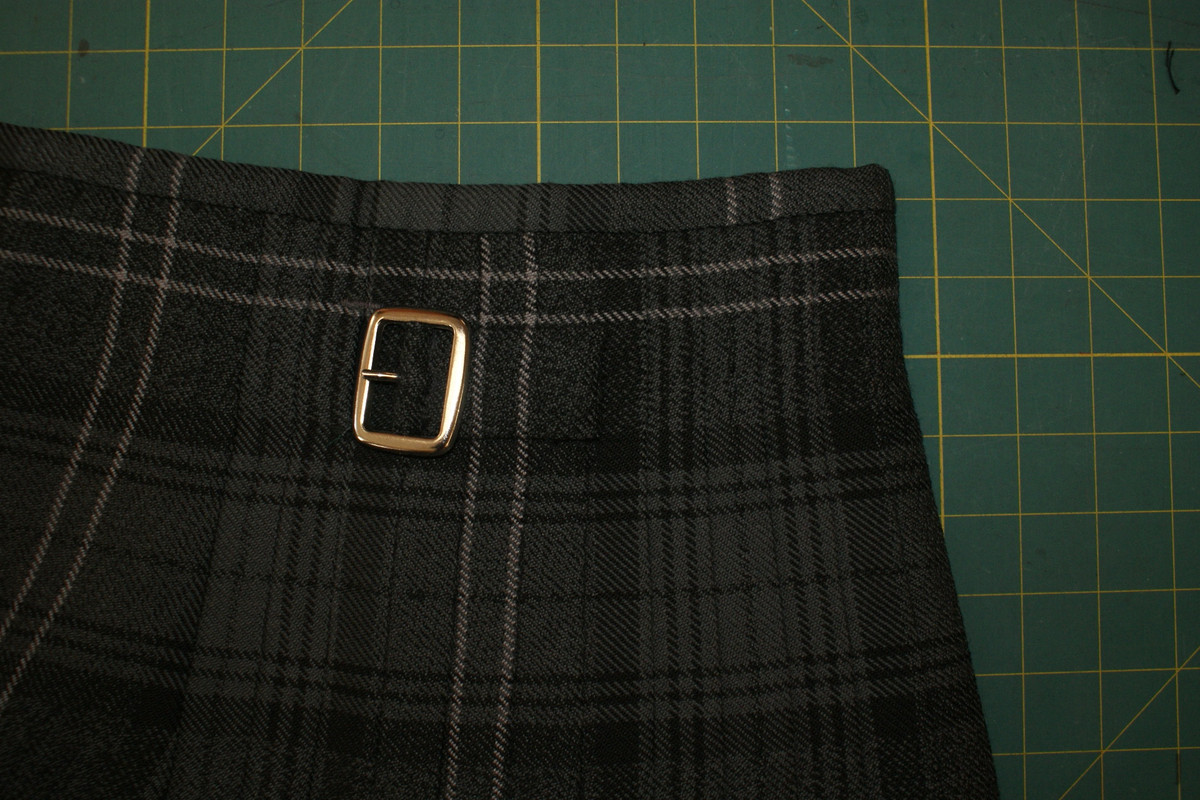
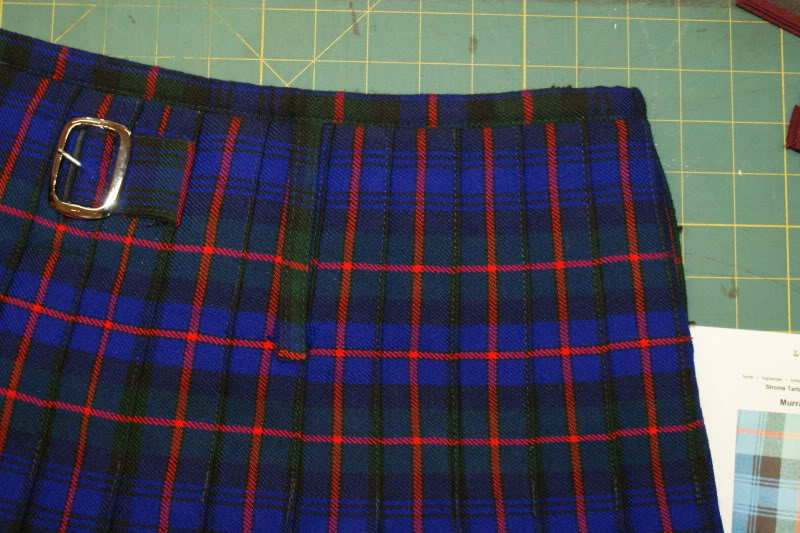


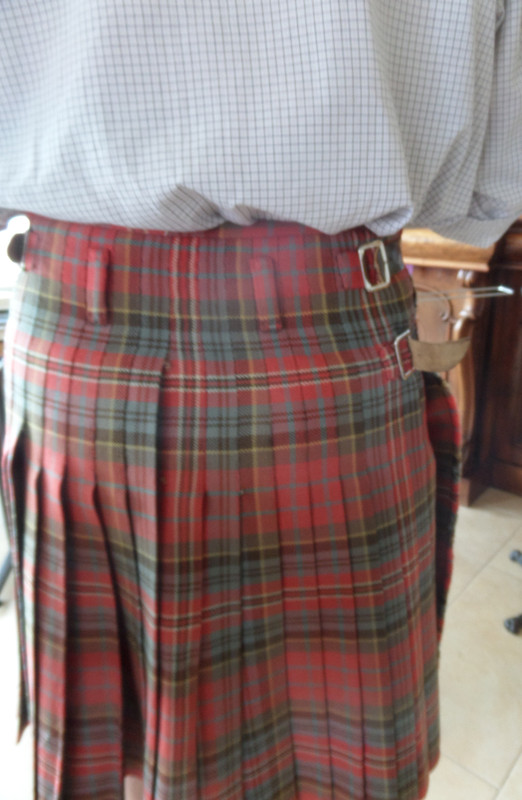
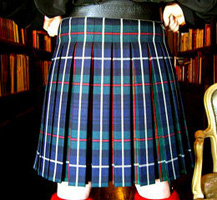
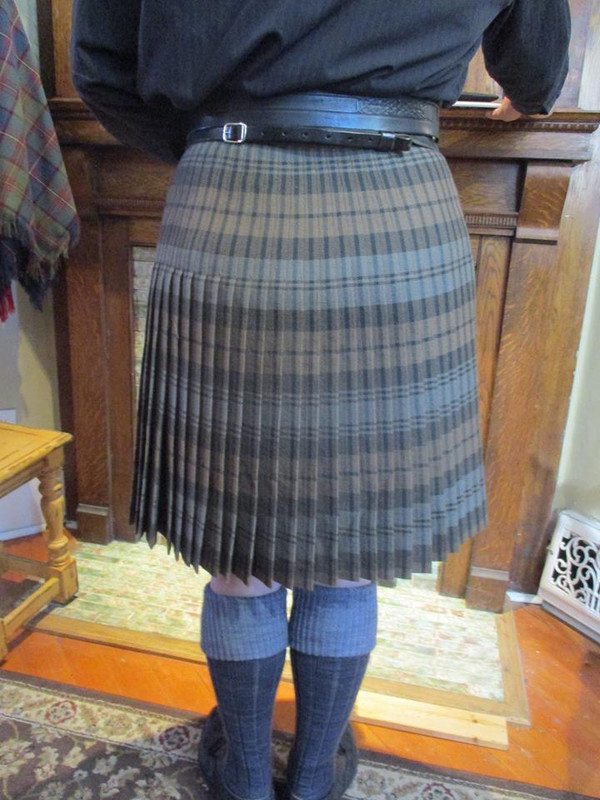









Bookmarks